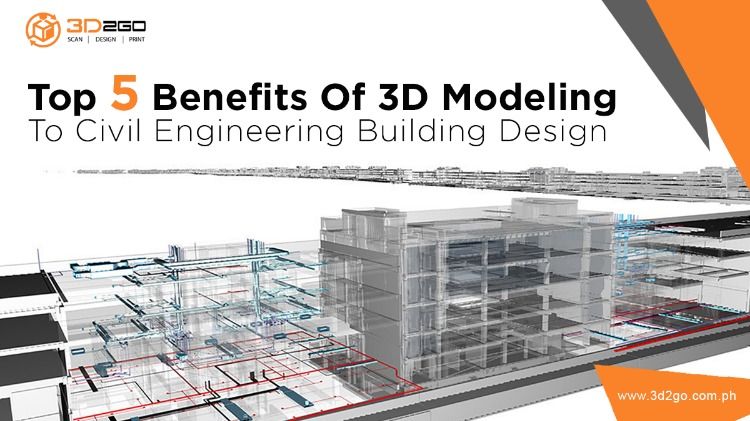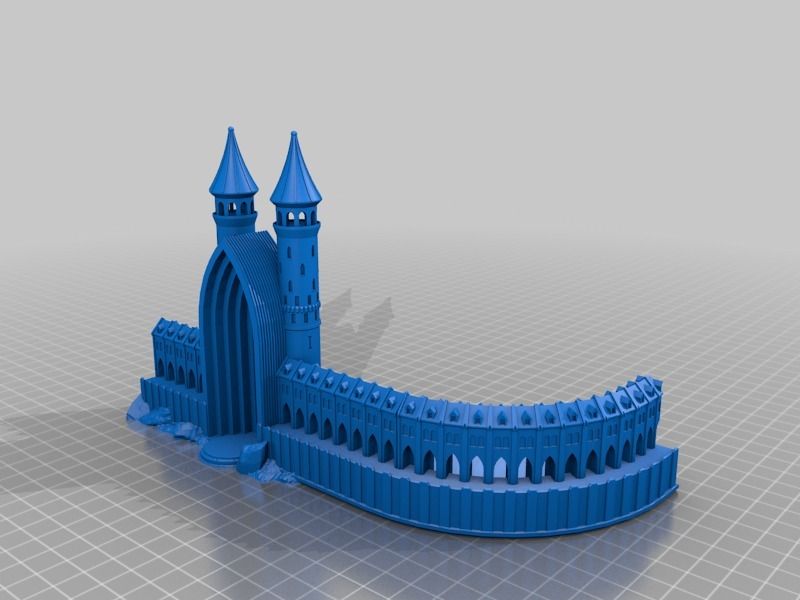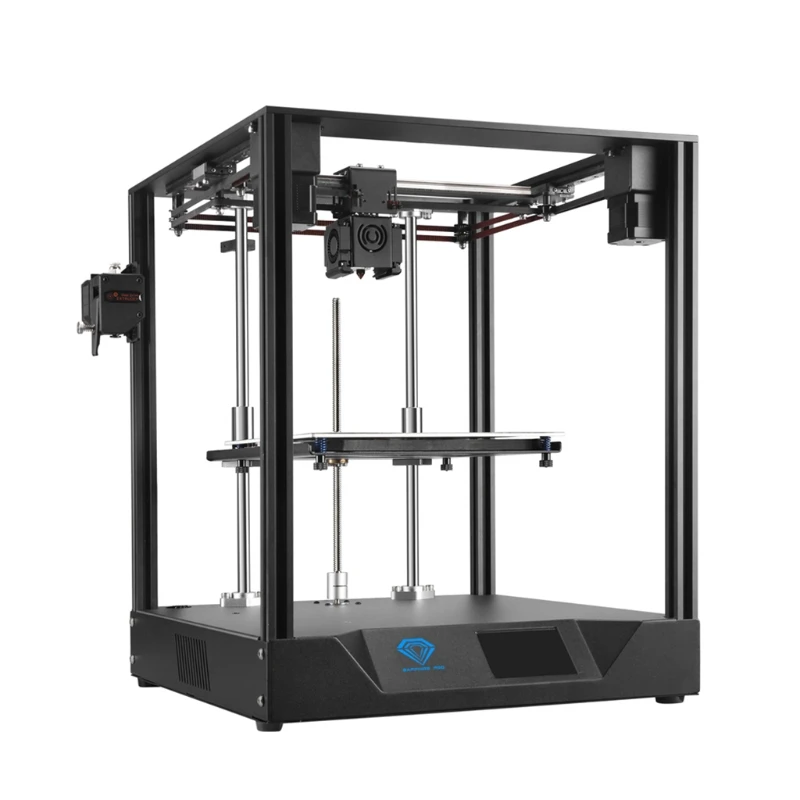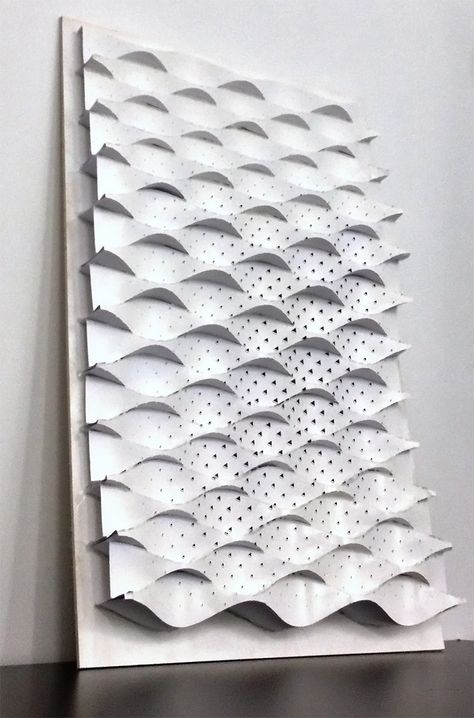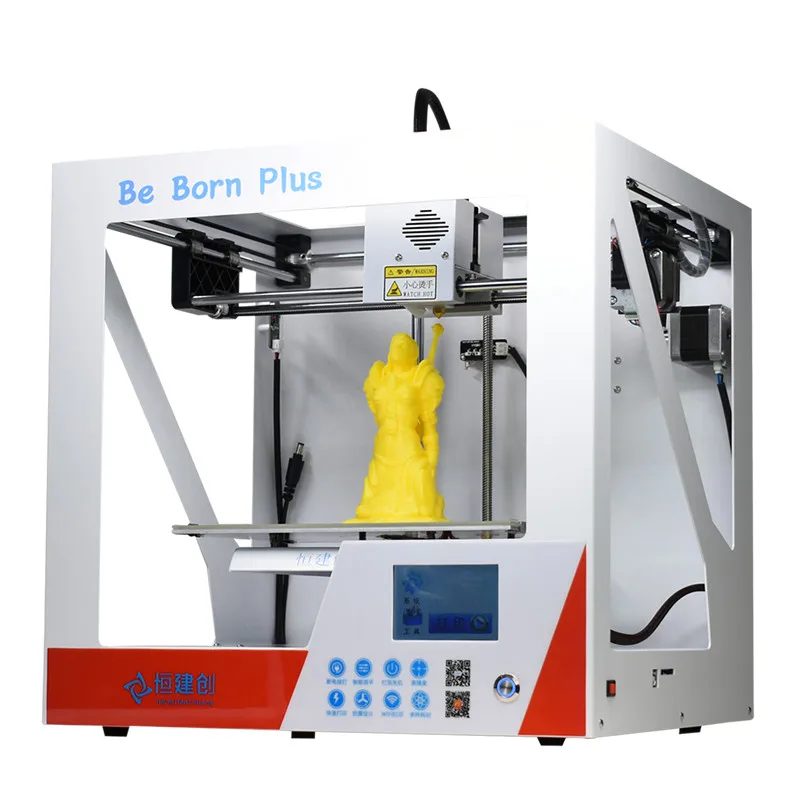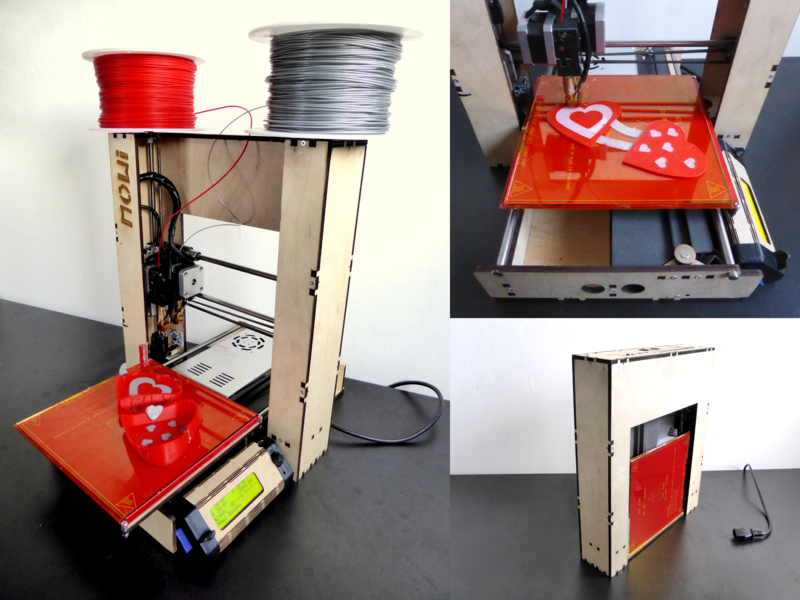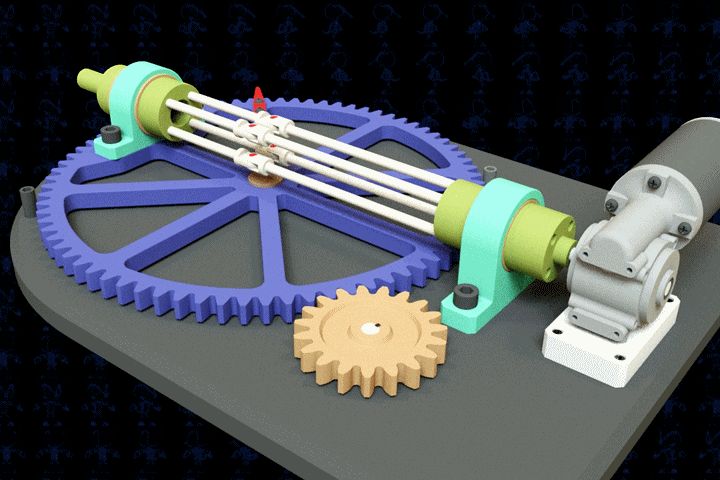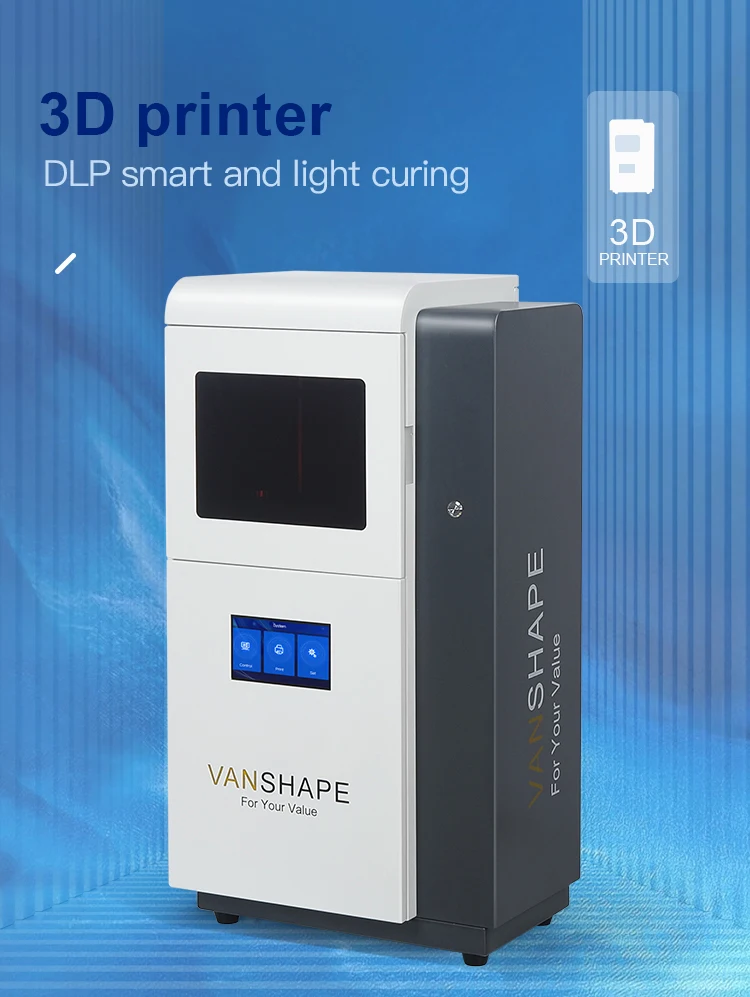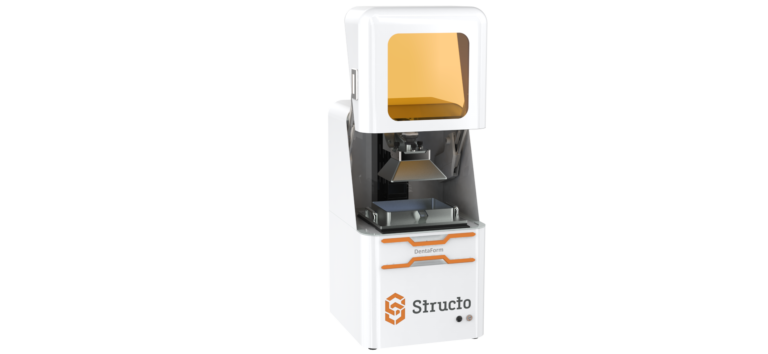3D printer civil engineering
How 3D Printing is Being Used in Civil Engineering
3D printing, also known as additive manufacturing, has been one of the most interesting and impactful technologies to come out of the early 21st century, and few fields are as poised to take advantage of this game-changing technology as civil engineering. When you can scale this tech up and start manufacturing homes and buildings, you can literally change the layout of the land.
Image courtesy of Shutterstock
A Few Advantages of 3D Printing in Civil Engineering
One of the most valuable advantages of 3D printing in this field is faster construction by employing a quick drying cement, so a simple building may be erected and set within hours. When civil engineering companies pair their expertise with this tech, the lines between form and function can be blurred and truly marvelous structures can be created. Buildings can now be designed and crafted to combine a broader variety of functions, including cooling or heating features, and neater integration into the buildings’ surroundings. 3D printing is also being used to assist in day-to-day operations, like printing simple mountings for existing equipment to be utilized in alternate ways, saving on the need to buy whole new pieces of equipment.
Reduction of Waste and Construction Costs
There are very few construction projects that can boast 0% waste once the doors are open. Civil engineers can use 3D printing to produce next to no excess waste during a construction project by using computer aided drawing (CAD) and large-scale industrial concrete 3D printers. They can plot out exactly where, what, and how much they are going to pour, with more complex geometries, in a faster time frame, and at lower labor costs than traditional construction techniques. The time and manpower saved through 3D printed construction is remarkable, and the continued progress in this field should continue to help lower these costs.
3D Printing and the End of Our Road Woes
Road transportation is one of the most important methods for transferring ourselves and our goods across countries and some continents.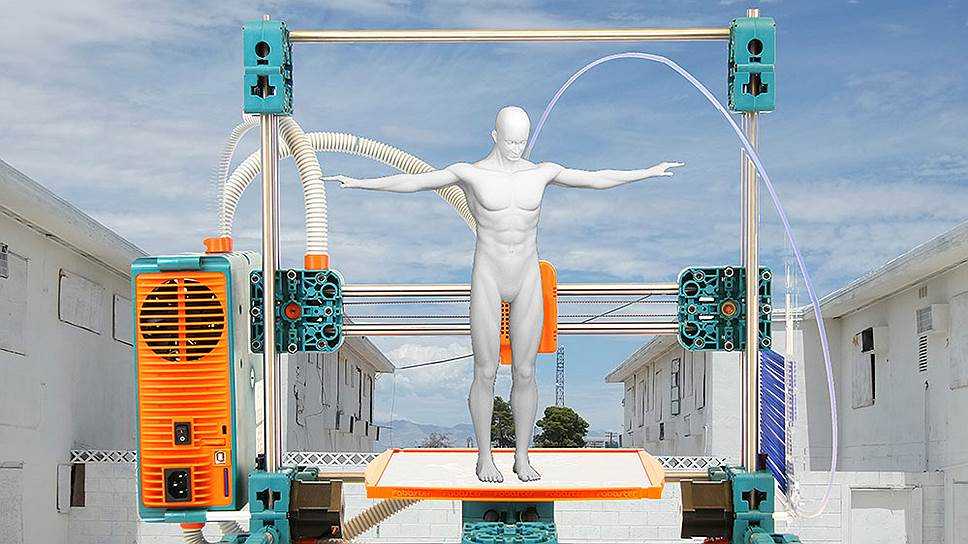 Improvements in asphalt, tar, and concrete roads are being quickly made by engineers through 3D printing. Researchers have recently discovered a method to 3D print asphalt that shows the promise of being more ductile than traditionally laid asphalt. One of their biggest hurdles was that asphalt acts like a non-Newtonian fluid when passing through the end of the extruder. Once they overcame that obstacle, they were able to tailor the method of 3D printing asphalt to be able to cast complex roads and be able to repair damage and fractures in the asphalt. This has paved the way toward autonomous road repair through the use of drones, scanning, and 3D printing technology.
Improvements in asphalt, tar, and concrete roads are being quickly made by engineers through 3D printing. Researchers have recently discovered a method to 3D print asphalt that shows the promise of being more ductile than traditionally laid asphalt. One of their biggest hurdles was that asphalt acts like a non-Newtonian fluid when passing through the end of the extruder. Once they overcame that obstacle, they were able to tailor the method of 3D printing asphalt to be able to cast complex roads and be able to repair damage and fractures in the asphalt. This has paved the way toward autonomous road repair through the use of drones, scanning, and 3D printing technology.
3D printing is by far one of the more accessible and game-changing technologies to emerge recently, and with many of the engineering fields paying close attention, it is a technology that is quickly reshaping our world. For the civil engineers working closely with this tech, this means a whole new world. Tall structures can go up in hours, cheaper and more durable highways and roads can be built, and it affords a greater creative license than ever before.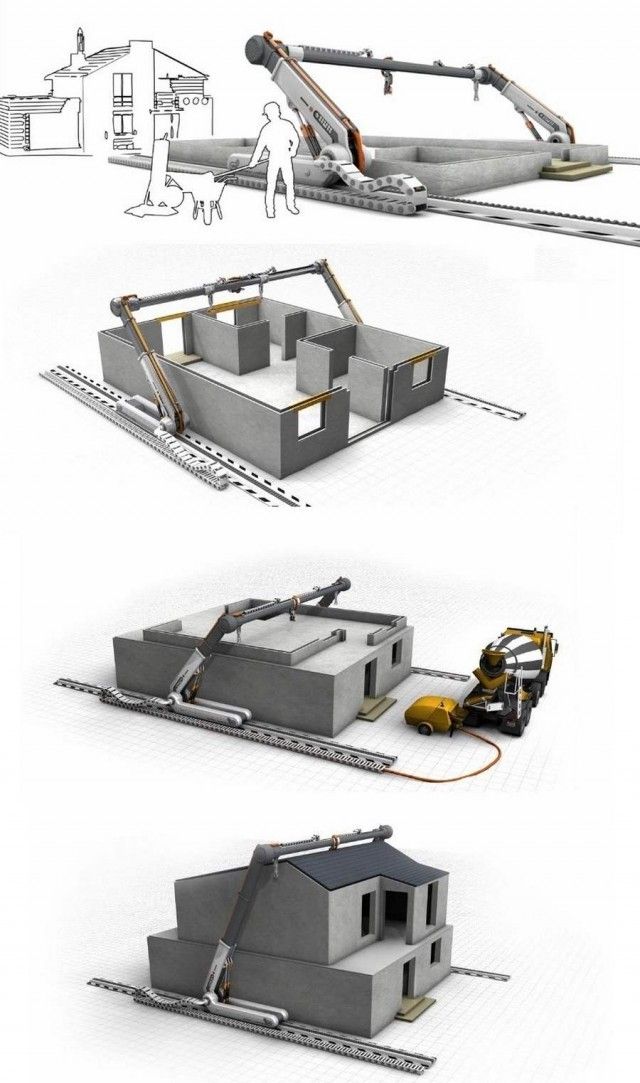
Applications of 3D printing in civil engineering
There have been interesting and mind-blowing innovations in the science world over the years, but few might have the “hurricane” impact as 3D printing when it becomes the main scale. The internet rush of the late 20th century and the early 21st century resulted in many of the fascinating things we now enjoy including Blockchain tech, Data Analytics, Virtual meetings, and co. And yet many believe 3D printing will be bigger, especially for Civil Engineering; how inspiring!
While Additive manufacturing will become useful to every sector of our world, including medicine, art, prototyping, VR, and co, there is no better way people would see it implemented fully than in Civil Engineering.
Civil/Structural Engineering is one crucial sector that has touched and continues to impact many lives. It cuts across all phases of our daily living, from building construction to bridges, dams, roads, towers, storage centers, and other utilities in the city or community.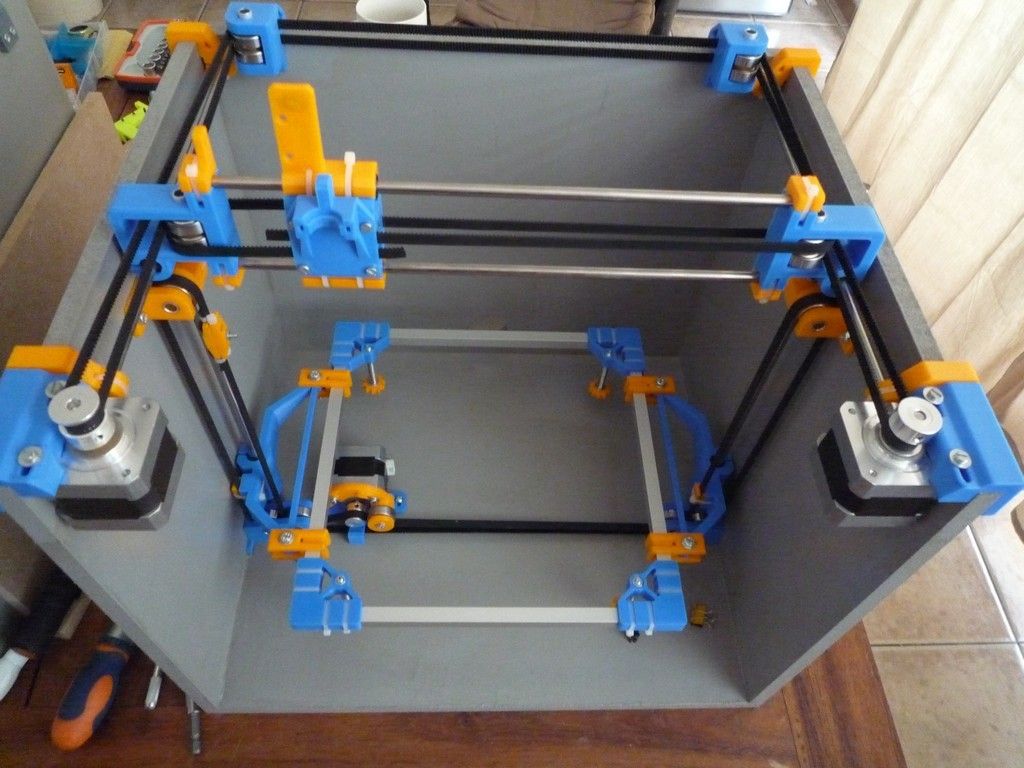 It also has the task of maintaining and improving such facilities. Many consider it the oldest and most crucial branch of engineering, and one can only imagine the many possibilities of 3D printing and Civil Engineering.
It also has the task of maintaining and improving such facilities. Many consider it the oldest and most crucial branch of engineering, and one can only imagine the many possibilities of 3D printing and Civil Engineering.
Applications of 3D printing in Civil Engineering
The most valuable feature of 3D printing is its ability to create the most complex geometric shapes easily. And create the additive layers to form the structure. With this kind of “anything is possible” feature and the speed by which it makes them, it will advance the course of Civil Engineering.
- Improvements in modes of Bridge construction
Nobody expected it when the first concrete bicycle bridge opened up to users in 2017 in The Netherlands or when Shanghai, China printed the longest 3D bridge (26 meters in 450 hours). These bridges were an important milestone in a battle that was turning to be one of feasibility. It is showing the world that Additive manufacturing can unlock higher levels of human development, including; emergency bridges constructed in seconds, quick response to disasters, and many more.
- Improving roads and maintenance techniques
Transportation by road is still the most important and popular mode of transport today. Civil Engineers continue to research and employ different methods and techniques in improving the standards of roads, bridges, and other structures.
While working on roads, the heavy materials and methods used often lead to serious congestions and discomfort. However, improvements are being made to use tar, asphalt, and others in 3D printing.
- Improving tools for analysis and sensor
To improve roads, bridges, and other construction designs, Civil Engineers often depend on fiber-optic sensors. While these sensors are important to the Engineer, they are also costly to install in the structures and often not compatible with the construction materials used.
However, advancement in 3D printing has developed a simple 3D printed packaging for sensors. These packagings are not only suitable for almost all construction materials but are simple to mount.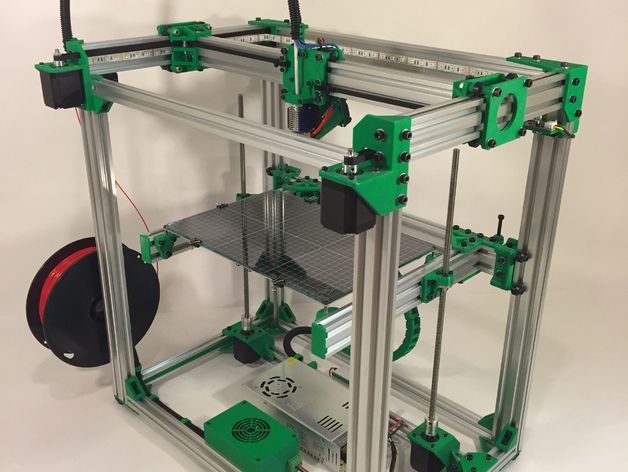
When these sensors and devices are fully developed and released, it will help Civil Engineers make a proper and accurate analysis of the structures.
- Reduce waste and cost in construction
Each year billions of dollars are lost due to waste from construction worldwide, one of the many downsides to the traditional manufacturing process. And some of these wastes are the major constituents of the biological degradation of the earth.
Additive manufacturing produces nearly zero wastes throughout the process of construction. Besides, it creates even more complex shapes than any of the manufacturing processes listed above. Most of the machines, buildings, and other constructions made with 3D printing are achieved with far lesser costs each time. And the continuous advancement in the field will continue to drive down these prices.
- Achieving more Complex Shapes in designs and constructions
One can only imagine how many designs have been abandoned in the past for being too complex or costly to manufacture.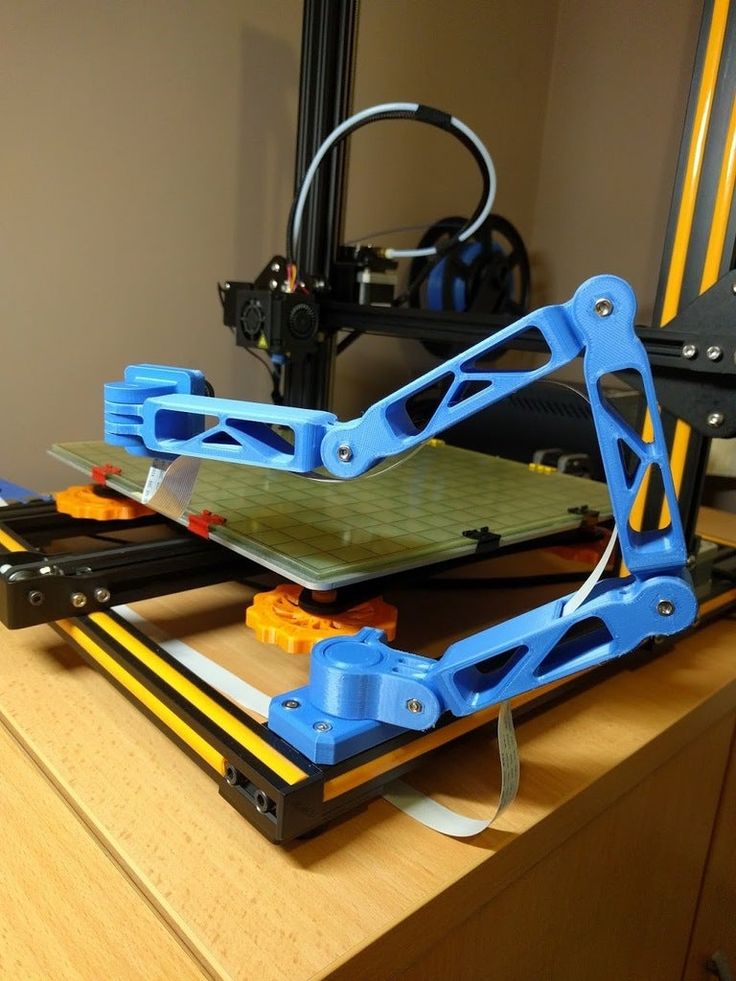 However, complexities in shapes are one of the most interesting features of 3D printers. It allows for more innovation, flexibility, adjustments in designs, and above all, makes it more cost-effective. It comes out as a perfect photocopy of what you see in the drawings, only this time; it becomes tangible.
However, complexities in shapes are one of the most interesting features of 3D printers. It allows for more innovation, flexibility, adjustments in designs, and above all, makes it more cost-effective. It comes out as a perfect photocopy of what you see in the drawings, only this time; it becomes tangible.
- Complete construction in fewer periods
Although improvements in some of the techs/methods used by Civil Engineers have greatly reduced construction periods, it is still a bit slow for the growth we aim to achieve.
Through 3D printing, medical supply grounds, houses, and other temporal utilities are being constructed. With 3D printing, it has become very possible to design more complex and difficult parts in fewer periods.
Wrapping Up
Among the many techs emerging to reshape our world, 3D printing is leading that charge. And many industries have not looked away from it. The sort of attention 3D printing is getting, including research, funding, investments, and patience, will make it the next “big thing” like the internet.
It would mean; Telecoms mast being assembled and mounted in minutes, massive improvements to the housing system, construction of durable roads, and more aesthetic malls and landmark buildings.
For the Civil Engineer, the only limitations to 3D printing are their imagination.
Contact us today with any questions you may have. We look forward to hearing from you!
3D printers in construction: prospects for application
At first glance, 3D printing structures seem to be some kind of shell of a half-finished building. But upon closer examination, you will not find even a brick. Layers of material seem to build up one on top of the other - this is how a complex structure is created. It's a futuristic world of 3D printing where robotic arms automatically layer and compress layers of concrete or plastic or any other material into a foundation and build a structure. nine0003
This method of construction is quite niche today - only a few prototypes of 3D houses and offices have been printed in the world. However, this technology represents an exciting and potentially powerful solution to building change.
However, this technology represents an exciting and potentially powerful solution to building change.
What is 3D printing in construction, what is the potential, and will we be working on 3D printed projects in the near future?
- What is 3d printing in construction?
- 3D printers in construction: how is it done?
- 5 examples of innovation
- How can 3d printed projects help construction companies?
- 3D printing distribution
- 3D printing in civil engineering
- Wiki House technology - an open source project for 3D printing: what is behind the concept
- Reverse side of the coin
- How can 3D printing be integrated into construction
- About PlanRadar
3D printing in construction - what kind of technology?
3D printing for construction uses both a 3D printer that has a robotic “crane-arm” that builds structures right on the construction site, and the creation of certain elements by printers at the factory, which are already assembled into a structure on site.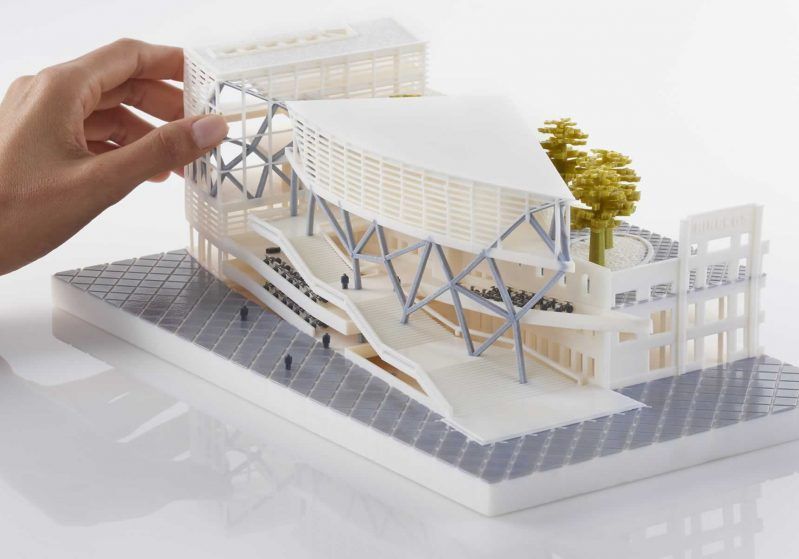 nine0003
nine0003
The concept of 3D printing is not new: it first appeared in the 80s. But it's only in the last decade that this technology has been improved enough (and the cost significantly reduced) to become a real mainstream.
3D printers are not much different from conventional inkjet office printers. The software tells the printer about the dimensions of the final product. And then the printer starts to output the material to the platform according to the plan. 3D printers often use liquid metals, plastics, cement, and variations of various materials that, when cooled and dried, form a structure. nine0003
In a 3D construction printer, the CAD or BIM programs tell the device what to print, and the machine begins layering the material according to the design plan.
3D printers in construction: how do they work?
3D printing concept - The printer extrudes a defined liquid mixture in layers, level by level, creating a design based on a 3D model. The prepared mix of concrete, filler, plasticizer and other components is loaded into the hopper of the device and fed to the print head.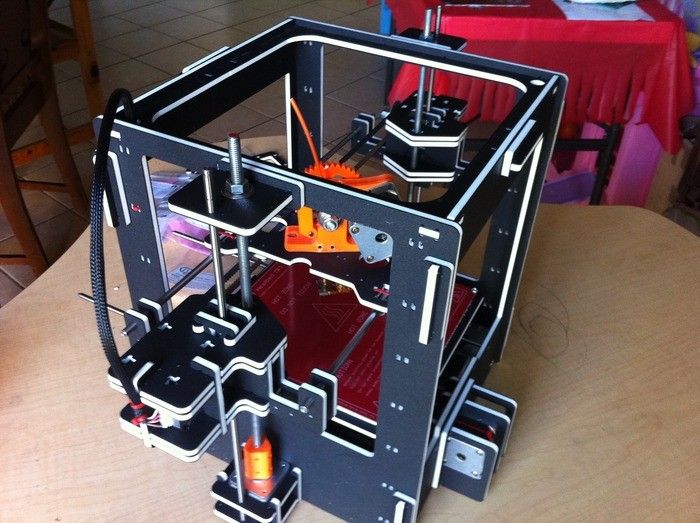 The mixture is applied to the surface of the site or to the previous printed layers. This is how most 3D printers work. Among them, there are three types of devices for 3D printing:
The mixture is applied to the surface of the site or to the previous printed layers. This is how most 3D printers work. Among them, there are three types of devices for 3D printing:
Robotic printer
Read also: New technologies in construction 2021
5 innovative examples of 3D printing
To date, only a few 3D printing projects have been implemented in the construction industry. Here are five of the most impressive and promising projects:
Dubai City Hall Office Building, UAE
1. Dubai City Hall Office Building, UAE
3D printed building. The office block built in the UAE is 9,5 meter high building with an area of 640 m2.
An Apis Cor 3D printer moved around an open-air construction site with a crane and erected different parts of the structure.
2. Office of the Future, UAE
Office of the Future, UAE
Another impressive 3D printed building in the UAE, the Office of the Future is a unique, fairly large structure that currently houses a temporary headquarters organization Dubai Future Foundation.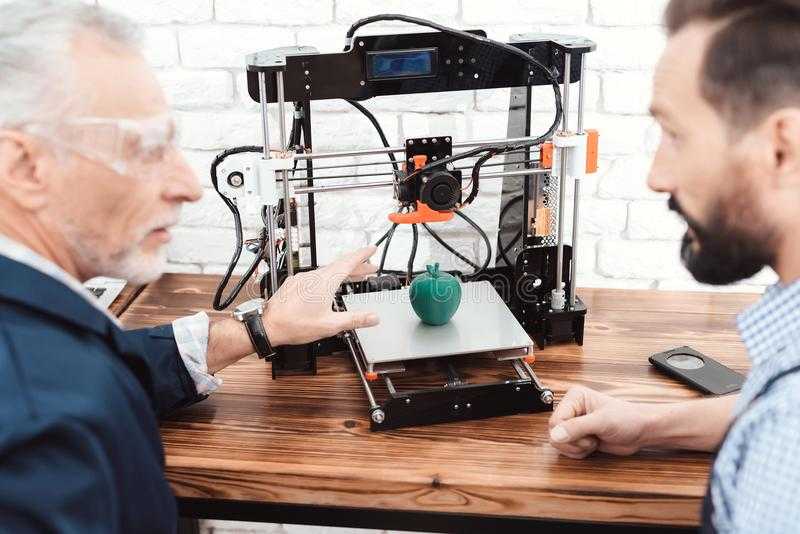 nine0003
nine0003
For this building, the elements were not created on site and were printed in 17 days, while the building itself was assembled in 48 hours.
3. WinSun 3D Printer Homes, China
WinSun 3D Printer Homes, China
WinSun 3D Printing Company of China has also applied factory-built 3D printers to build residential buildings. The company has created several house projects, including a small multi-storey building. All construction details can be printed quickly and cheaply and then quickly assembled on the construction site. nine0003
The company calculated that it would cost as little as $161,000 to build and print their five-story building.
4. 3D printed license plate at Lewis Grand Hotel, Philippines
3D printed license plate at Lewis Grand Hotel, Philippines
When planning a trip to the Philippines, consider staying at the Lewis Grand Hotel in Angeles City , Pampanga, where visitors will be greeted with the world's first 3D printed hotel suite.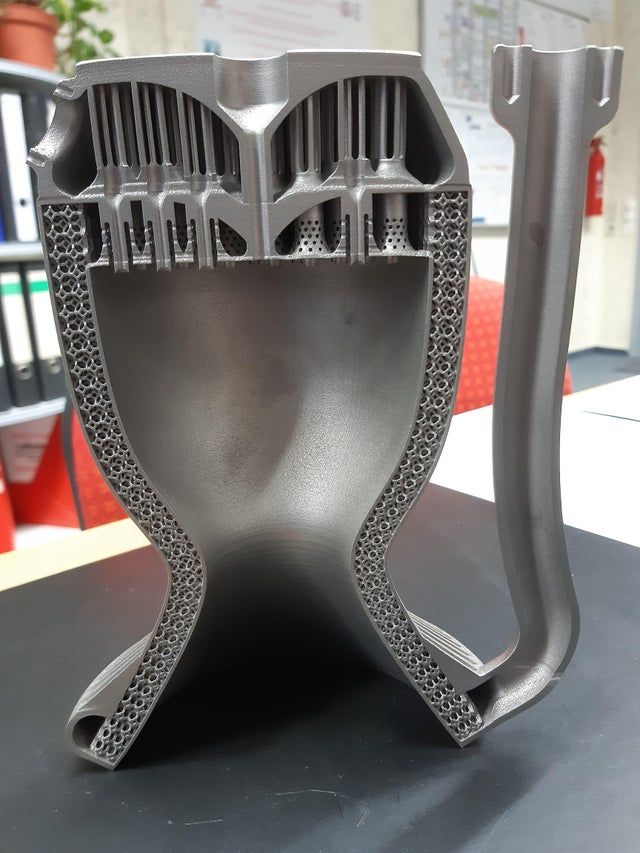 The hotel room was designed by Lewis Jakich, hotel owner and materials engineer, in collaboration with 3D printing specialist Anthony Rudenko. They created a massive 3D printer that prints sand and concrete based on volcanic ash. The room was printed in 100 hours. nine0003
The hotel room was designed by Lewis Jakich, hotel owner and materials engineer, in collaboration with 3D printing specialist Anthony Rudenko. They created a massive 3D printer that prints sand and concrete based on volcanic ash. The room was printed in 100 hours. nine0003
5. Two-story mansion in Beckum, Germany
Two-story mansion in Beckum, Germany
The first 3D-printed residential building with an area of about 80 square meters - the brainchild of the German construction company PERI GmbH and the architectural design bureau MENSE-KORTE ingenieure + architecture. A BOD2 3D printer was used to print one square meter of double wall cladding in 5 minutes. The building is a structure with three-layer hollow walls filled with insulating mass. Installation of hollow pipes and connections during printing was carried out manually. nine0003
3D printing in construction seems really impressive, but what are the real benefits of such technology?
How can 3D printed designs be useful for construction companies?
Proponents of 3D printing houses and commercial offices point to several advantages of this construction method:
- Zero waste construction
In the UK, almost a third of the waste comes from the construction industry.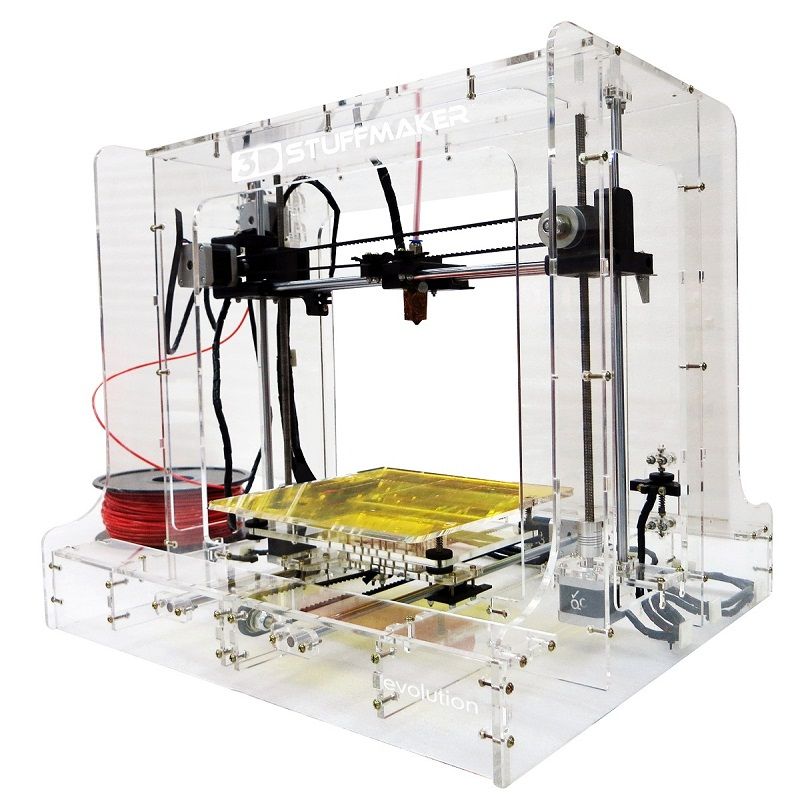 According to the Transparency Market Research Group, the construction industry worldwide will produce 2.2 billion tons of construction waste by 2025. And although most of the waste is related to the demolition of buildings, the construction sites themselves produce a lot of waste. nine0003
According to the Transparency Market Research Group, the construction industry worldwide will produce 2.2 billion tons of construction waste by 2025. And although most of the waste is related to the demolition of buildings, the construction sites themselves produce a lot of waste. nine0003
Conversely, 3D printing can reduce waste to almost zero. A 3D printer uses a well-defined amount of material that is required to print a design - no more, no less. This can be a big savings.
- Reduced energy consumption
3D printing in construction encourages the use of locally available materials and natural ingredients. This practice can reduce energy costs in transportation, construction and manufacturing, as most local materials require less energy to process or install. If traditional materials with toxic chemical impurities are replaced with natural ones, then the toxicity of the entire construction can be reduced. In addition, local materials are often better suited to local climates and can reduce a building's heating or cooling load, which also reduces construction costs. nine0003
nine0003
- Save time and money
As with AI in construction, a 3D printer can run 24 hours a day, 7 days a week. This means construction projects have the potential to be completed much faster and a number of low-skilled labor costs can be avoided. What's more, 3D printing eliminates the need for temporary structures, such as formwork and scaffolding, that are commonly used in traditional construction. Studies of 3D printed concrete structures have shown a significant reduction in formwork requirements, reducing costs by 35-60%. nine0003
- Can realize unusual design shapes
One of the most attractive characteristics of 3D printers is their ability to create complex and unusual design designs, including a single, unique one. Since the job of a 3D printer is to layer the material, they can be programmed into absolutely any unusual shape that would be much more difficult to create with traditional techniques.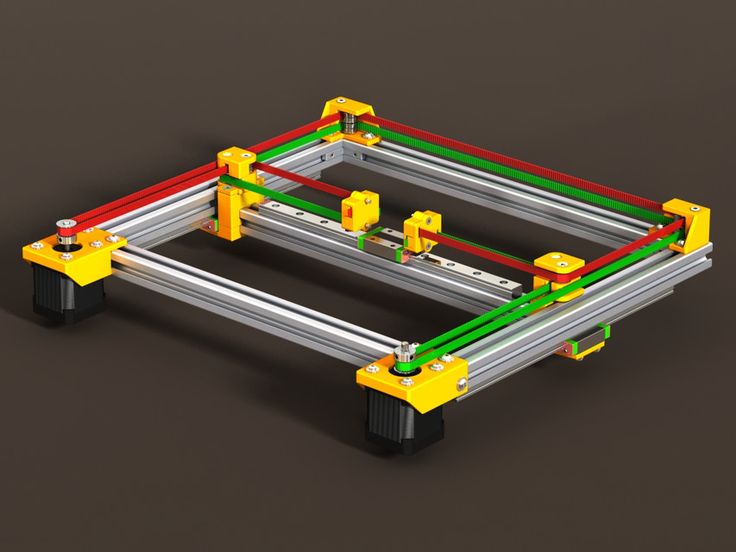
- Minimize human error and improve safety
The published injury statistics at the workplace by the American agency BLS in 2020 indicates that construction is one of the most traumatic areas and a high incidence of diseases. Every day, about 5333 workers die on the construction site. And with the advent of 3D printing, the number of work injuries and fatalities will obviously decrease, as it makes construction more programmable and automated. Robotic construction requires standardized, accurate and complete digital building information, making this technology more accurate and efficient, with minimal rework due to human error or any information inconsistencies. The usual problems with materials and components that need to be stored somewhere, protected from damage are leveled out, problems with installation and work in progress due to damage also disappear - 3D elements are created as they are built, they do not need to be moved and stored. nine0003
nine0003
- Exploring new markets
The use of a 3D printer also allows construction companies to enter new market sectors that were previously inaccessible to them. And for start-up companies, having a 3D printer will be a competitive advantage. What's more, 3D printing is a brilliant way to elevate or improve the reputation of a construction company's brand among those who believe that concrete production has an impact on the planet's environment.
Distribution of structural 3D printing
3D printing for structural reinforcement, small scale components and structural steel could revolutionize design, construction and space exploration. In addition, the European Space Agency (ESA) believes that using 3D printed metals to create high-quality complex shapes can significantly reduce their cost, and they will become very common.
ESA has developed a project with the European Commission to improve the printing of metal components that can be used in space.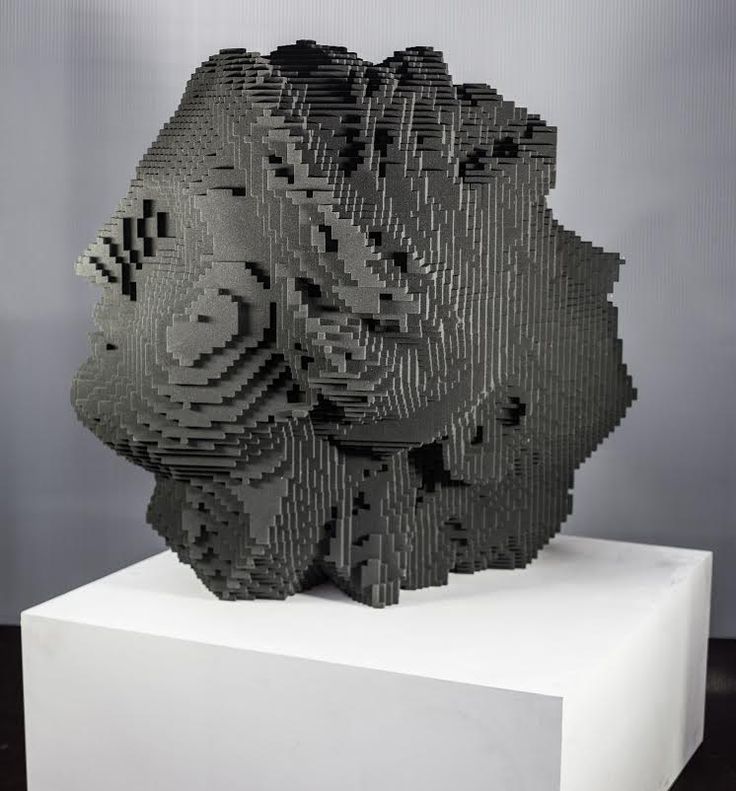 In total, 28 European partners have united for the joint project AMAZE (Additive Manufacturing Aiming Towards Zero - layer-by-layer 3D printing for zero waste from production and efficient production of high-tech metal products). nine0003
In total, 28 European partners have united for the joint project AMAZE (Additive Manufacturing Aiming Towards Zero - layer-by-layer 3D printing for zero waste from production and efficient production of high-tech metal products). nine0003
Almost everything can be designed on a computer, so AMAZE plans to install a 3D printer on board the spacecraft, and as soon as an astronaut needs any part, a tool, he can simply print it.
Structural 3D printing
Civil engineering 3D printing
Civil engineering 3D printing has been gaining popularity over the past decade, as has the aerospace and biomedical industries. This revolutionary manufacturing technique is based on its unique ability to create any geometric shape without any formal restrictions, minimizing waste but increasing productivity and results. The construction industry's push towards automation has recently reached important milestones, including the creation of the first structures using robotic "arms" and 3D printing technology.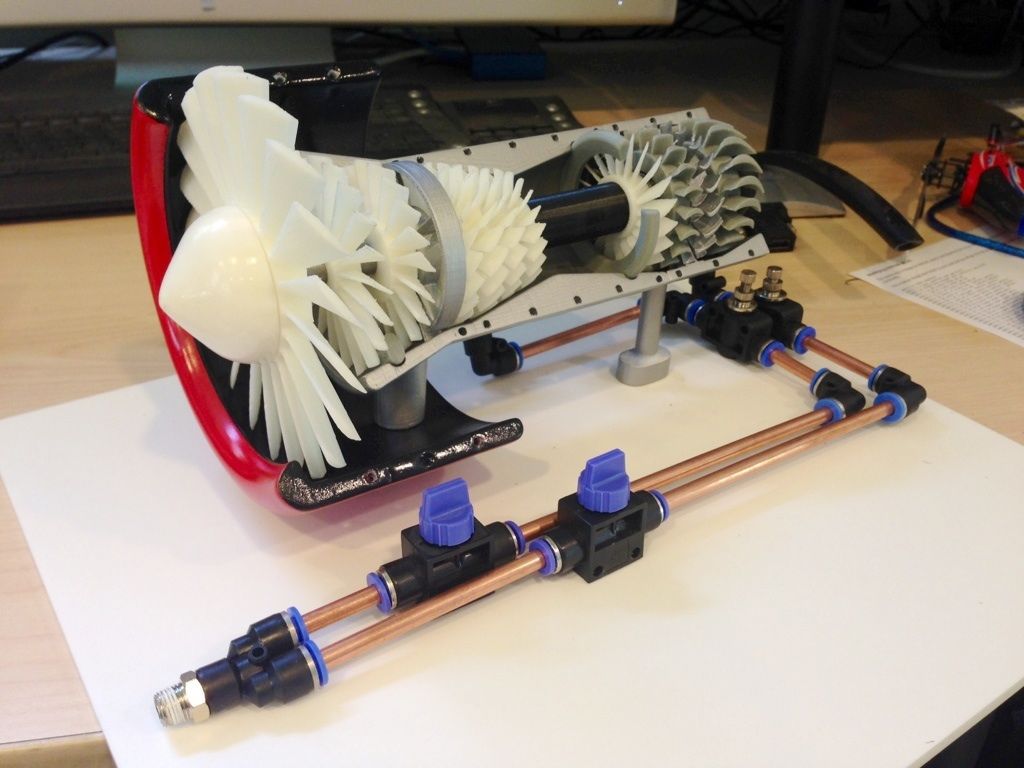 nine0003
nine0003
The use of 3D printing in the creation of structural elements from polymer materials, concrete and metals is becoming more common.
These civil engineering technicians can create freeform and innovative architectural designs using CAD-integrated software.
However, despite considerable research in the aerospace and bioengineering industries to evaluate and analyze this mechanism, there is still a lack of understanding of its use, the impact of 3D printed materials in civil structures, both in terms of material properties and structural response. nine0003
Imperial College London
Read also: Best Building Apps in 2021
WIKI HOUSE - 3D printing in construction: what is the concept behind
Wiki House is an innovative project created by a small group of architects in London in 2011 . It offers an open source digital house design system that allows users to create, upload and share designs and print their own houses.
The kit does not require any special knowledge and training and can be created in 1 day. Elements are digitally cut from ordinary sheet material, like plywood, using a CNC machine. And it's much faster, less costly, and doesn't require the involvement of experts, as in conventional traditional construction.
A standard two bedroom house can be built for less than £50,000 and additional components such as cladding, insulation, windows and more can be added to the main frame of the structure. The first house that was built on the basis of the open source Wiki House technology was a two-story building. The 3D printed house was presented at the London Design Festival in 2014. nine0003
The Wiki House movement was spearheaded by Alastair Parvin, whose TED presentation "Architecture for People, Built by People" talked about the promise of 3D printing in construction. The creator of this project believes that Wiki House can help solve the housing problem, especially in emergency situations such as earthquakes (there is already evidence that 3D-printed houses can withstand shocks up to magnitude 8).
In the future, this could become a real alternative to low-cost houses, while allowing the customer to control the design of the project. nine0003
3D building built using Wiki House
Will 3D printing be the sustainable future of building?
3D printing has the potential to revolutionize the supply chain and structure through a new method of design and manufacturing. According to the study, 3D printing can help the construction industry become more economical, more efficient and greener.
Saxon University of Applied Sciences scientists Ivo Kotman and Neils Faber claim that 3D printing technology will be a "game changer". They explored the possibilities of 3D printing concrete, and their conclusions are:
- 3D printing shortens the supply chain and the overall design process. 3D printing right on the job site eliminates time-consuming steps in the design process. The architects, engineers, contractors, clients, and executives who normally have to be actively involved in a project are no longer needed in 3D printing.
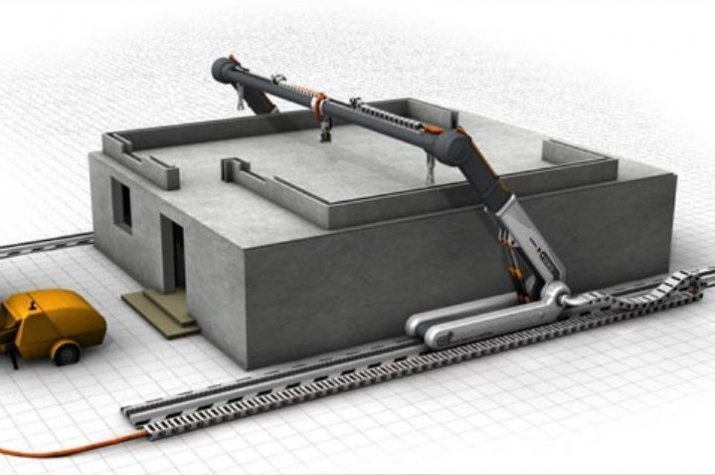 Since all tasks can be combined in one figure of the architect, who uses the modeling method and reproduces the exact holistic designs.
Since all tasks can be combined in one figure of the architect, who uses the modeling method and reproduces the exact holistic designs. - Pipe fitting and electrical wiring become easier and more efficient. Heating systems, insulation, plumbing and electricity all require the laborious on-site installation of conventional construction. However, in 3D printing, some of these features can be incorporated into the 3D printing process. Cavity wall printing is less resource intensive, improves insulation, and allows the use of 3D-printed hot or cold water channels. Moreover, the need for on-site installation is eliminated, which directly affects the reduction of waste. nine0014
- The best logistics. 3D printing eliminates 3 logistics and shipping issues. Firstly, a lot of materials and elements often deteriorate upon delivery, and if everything is printed on site, then damage is minimized
Secondly, in order to withstand transportation, the parts must be with increased technical characteristics, which by default increases the cost of them, and therefore the entire project. 3D printing right on the construction site will help to avoid such additional costs. nine0003
3D printing right on the construction site will help to avoid such additional costs. nine0003
- Creation of individual house designs available to the general market. Usually, building a house with the involvement of an architect is an expensive pleasure for most consumers. But with concrete 3D printing, you don't have to worry about the chosen shape, it won't cost more. In fact, this means that in the future, more people will be able to buy houses of their own design, according to their individual needs
Reverse side of the coin
While 3D printing is definitely attractive, it's still important to look at it impartially, removing some of the promotional stimulus. Skeptics note several disadvantages of this technology.
- Research and development costs
Most construction companies operate with relatively low profitability. To start using 3D printing everywhere, significant investments will be required.
- Will consumers see this as a marketing ploy? nine0108
3D printed houses, offices, shops and other infrastructure are often impressive. But do most people really want to live or work in one? For most people, brick houses are much more familiar and attractive. Other technologies such as prefabricated houses also seemed like an attractive technology of the future for some time, but have not been widely adopted, despite the fact that in many cases they were cheaper than traditional ones. nine0003
- Difficulty integrating with other components
3D printers can create unique and interesting designs. However, if you need a building that will use different materials or different elements that will not be suitable for 3D printing, then it will be a challenge to include a 3D printer for the building process.
- Skilled labor shortage
With the current problem of a shortage of skilled labor in the construction sector as a whole, 3D printing will require an even larger set of specialized knowledge and skills, which will have to be selected from an already small niche of candidates. So finding specialists to work in 3D printing for construction may be another difficult task in the future. nine0003
- Construction quality control
Weather conditions can slow down the traditional building process, but things are even worse for 3D printing. The environmental factor for commercial construction may reduce the demand for 3D printing. What's more, quality control can be a much more serious task, requiring constant monitoring of the process by real people at the construction site.
- No standards and regulations nine0153
Despite the regular mention of 3D printing in the media, it still has not had a significant impact on the construction sector.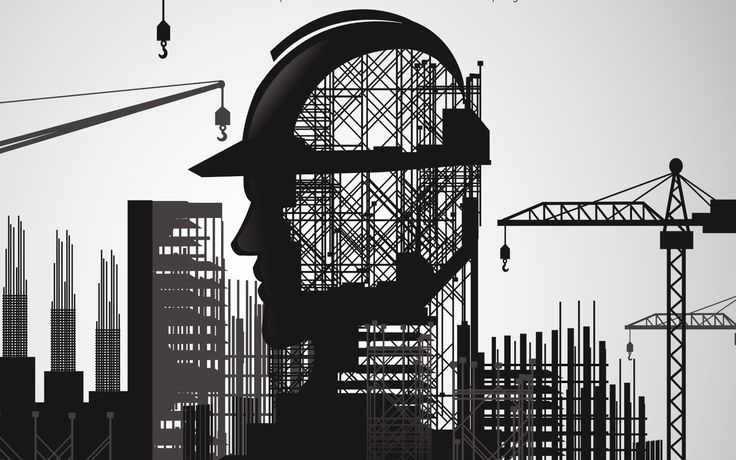 There is an obvious liability issue when using these printers, even more so than human liability when doing some construction work. And quite a few other ambiguities regarding this technology. So until norms and standards are established, as well as rules in this area, 3D printing is unlikely to become mainstream in the construction industry. nine0003
There is an obvious liability issue when using these printers, even more so than human liability when doing some construction work. And quite a few other ambiguities regarding this technology. So until norms and standards are established, as well as rules in this area, 3D printing is unlikely to become mainstream in the construction industry. nine0003
Read also: New technologies in construction 2021
How can 3D printing be integrated with construction?
At the moment there is strong evidence that 3D printing is worthy of attention and can be applied in the construction segment, and most likely that this technology will be used more in the coming years. True, it is not known how widely these devices will be used on the construction site, or whether they will remain only a tool for the manufacture of block elements for prefabricated structures. But for certain projects, it is reasonable to assume that 3D printers and this technology in construction will be a must-have tool in the arsenal of builders. nine0003
nine0003
ABOUT PLANRADAR
PlanRadar was founded in 2013 and provides an innovative mobile software solution for construction and real estate. Our app is available on all iOS, Android and Windows devices and has already helped over 13,000 customers digitize their workflow in over 55 countries. Find out more about the app here.
PERI builds Germany's first 3D printed residential building
Weissenhorn (Bavaria) / Beckum (North Rhine-Westphalia) 29.09.2020. PERI GmbH builds Germany's first 3D printed residential building. A two-story mansion 80 m 2 living space per floor is not built in the traditional way, but printed on a construction 3D printer.
This building technology, which is being used for the first time in Germany, has passed all regulatory approval procedures. The design office Schießl Gehlen Sodeikat supported the development of the concept for approval. The planning and execution of the relevant verification tests were carried out by the Technical University of Munich.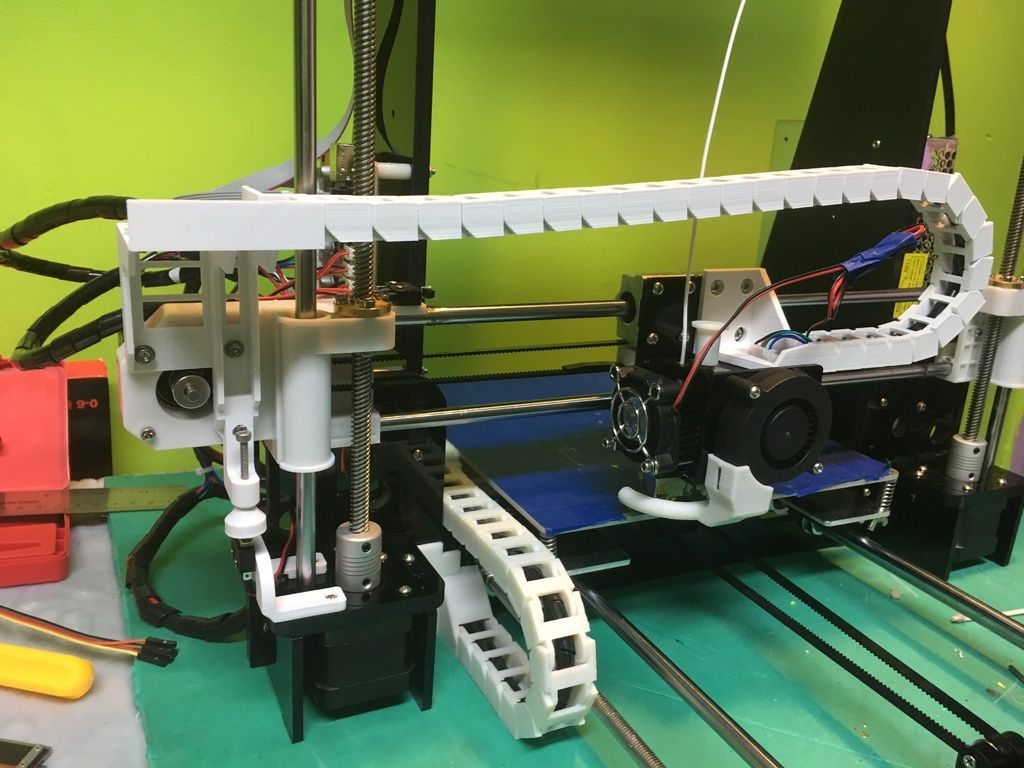 The building was designed by MENSE-KORTE ingenieure + architekten and the client Hous3Druck GmbH. The materials used to produce the 3D printed concrete are supplied by HeidelbergCement
The building was designed by MENSE-KORTE ingenieure + architekten and the client Hous3Druck GmbH. The materials used to produce the 3D printed concrete are supplied by HeidelbergCement
The federal state of North Rhine-Westphalia supports the 3D printed building project in Beckum as part of its development program "Innovatives Bauen" (innovative building). Today, Ina Scharrenbach, Minister for Regional Identity, Communities and Local Government, Building and Gender Equality in North Rhine-Westphalia, was briefed on the current state of affairs at the construction site in Beckum.
“Westphalian innovation for Germany: digital, dynamic, print-ready – these are our keywords for the future of construction. We are proud that the first house to be 3D printed is being built in our federal state. This makes North Rhine-Westphalia a pioneer for Germany. Not tomorrow, not someday, but today. The state government of North Rhine-Westphalia provides specific support for investment in an innovative construction engine: the 3D house is subsidized in the amount of 200,000 euros. Further projects are in preparation,” Scharrenbach explains. nine0003
Further projects are in preparation,” Scharrenbach explains. nine0003
“The construction of the 3D-printed apartment building in Beckum is an important milestone in the development of 3D printing technology,” says Thomas Imbacher, Director of Innovation and Marketing at PERI GmbH. “We are confident that construction printing will become increasingly important in certain market segments in the coming years and has significant potential. Other household printing projects are currently being developed in Germany. We are proud that PERI's participation in the Beckum project has enabled us to be the pioneers and forerunners of this new construction technology.” nine0003
“At PERI, we see ourselves as the leading innovator in our markets,” says Dr. Fabian Kracht, CFO and COO and spokesman for the Management Board of the PERI Group. “Prudent investment in startups offering new solutions in our markets is another aspect of this. 3D printing is the business segment that emerged from this investment portfolio and has now entered the market.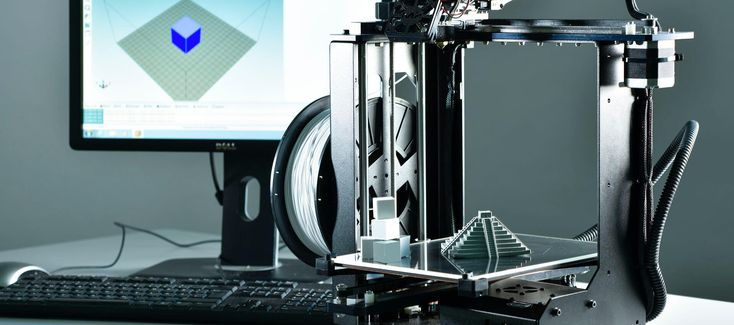 Beckum's success story is proof that we took the right approach."
Beckum's success story is proof that we took the right approach."
“3D construction printing is fundamentally changing the way we build and how we build homes. Since this is the first building of its kind, we try to print as slowly as possible,” says Leonhard Breig, Director of Production and Supply at PERI GmbH. “We want to take the opportunity to gain additional experience in day-to-day work as it will help us to better exploit the cost-saving potential associated with our technology on our next print project.” nine0003
The building was designed by MENSE-KORTE ingenieure + architekten, customer Hous3Druck GmbH. “The 3D printing process gives us as designers a great degree of freedom when designing buildings. With conventional construction methods, this would only be possible at a high financial cost,” says architect Waldemar Korte, partner at MENSE-KORTE ingenieure + architekten in Beckum. “With our printing house in Beckum, we are demonstrating the potential of the construction printing process.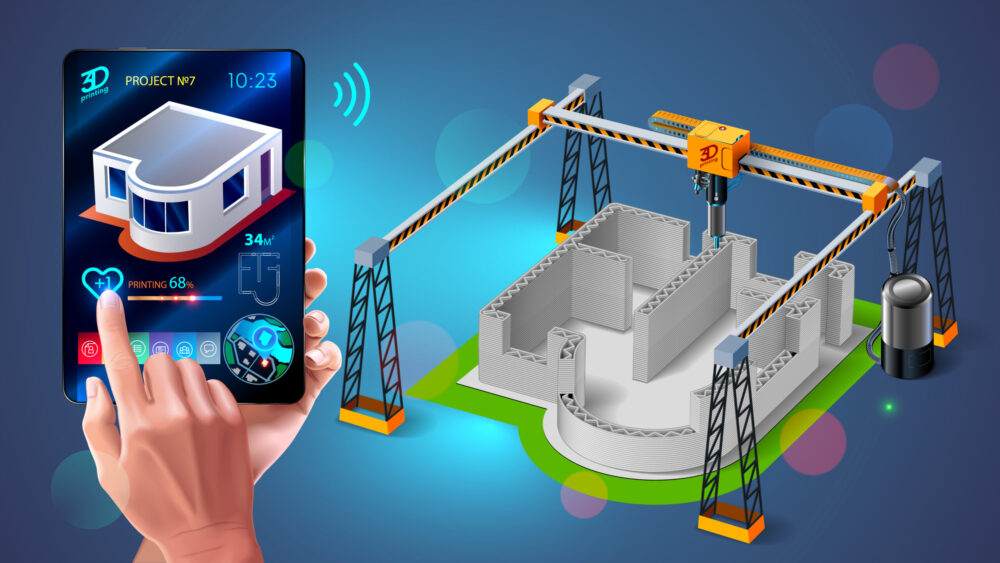 It is a great honor for our team to realize the first 3D printed residential construction project in Germany. We believe in the future viability of construction printing technology for the construction sector and we already have other 3D printing projects on our radar.” nine0003
It is a great honor for our team to realize the first 3D printed residential construction project in Germany. We believe in the future viability of construction printing technology for the construction sector and we already have other 3D printing projects on our radar.” nine0003
Printing materials and technology
PERI uses BOD2 type 3D printers for printing. This printing technology is developed by the Danish manufacturer COBOD. PERI acquired a stake in COBOD back in 2018. The BOD2 printer used at Beckum is a portal printer, which means the print head moves in approximately 3 axes on a securely mounted metal frame. The advantage is that the printer can move along its frame to any position within the structure and only needs to be calibrated once. nine0003
The "i.tech 3D" material used in the printing process was developed by HeidelbergCement specifically for 3D printing. Its properties are tailored to the specific requirements of 3D construction printing and it works great with the BOD2 printer. This guarantees constant progress throughout the construction project.
This guarantees constant progress throughout the construction project.
“We had an efficient and innovative collaboration with HeidelbergCement. They were instrumental in clearing up all outstanding issues regarding construction methods and print materials quickly and easily,” says Fabian Meyer-Bretz, Head of 3D Printing at PERI..
The building consists of three-layer hollow walls filled with an insulating compound. During the printing process, the printer takes into account pipes and connections for water, electricity, etc., which must be laid later. BOD2 is certified in such a way that during the printing process, it is allowed to perform related work in the printing area. This means that manual work such as installing pipes and fittings can be easily integrated into the printing process.
Only two operators are required to start the printer. The print head and print results are controlled by the camera. The 1m/s BOD2 is currently the fastest construction 3D printer on the market.